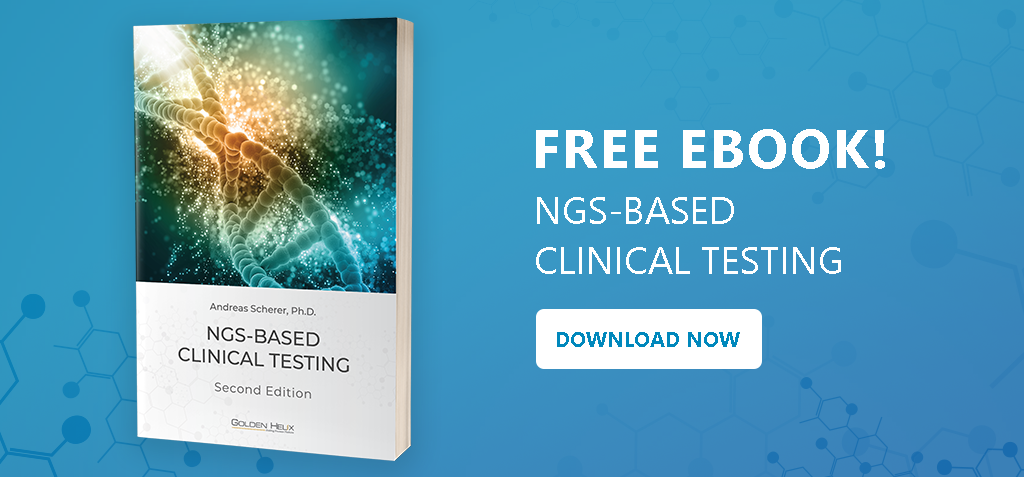
Getting the NGS wet bench process right is not a small undertaking. Targeted NGS assays such as multigene panels or exome sequencing allow for the targeted analysis of genomic regions that are of particular interest. For every sample type, e.g. blood, formalin-fixed paraffin-embedded specimens, saliva etc, there must be a detailed protocol in place outlining how each sample type is going to be handled. The laboratory has to define and document clear and crisp criteria for the wet bench process summarized in a quality management program.
An acceptable quality assurance (QA) program has the following characteristics:
- The quality assurance program outlines the specific steps of each workflow performed in the lab.
- If the lab is part of a larger institution such as a hospital or medical center, then the quality assurance program for the lab needs to be integrated with the QA program of the larger organization.
- The program should outline how to handle any outliers and respectively any problems that typically arise executing the workflow. It should also outline possible corrective actions, as well as the dismissal of a sample.
- The QA program needs to ensure that the testing is for clinical purposes and the results of the tests need to be in sync with current medical science.
- The program needs to outline how employees can voice any concerns about the work conducted in the lab.
Part of being an evolving set of technologies means that NGS doesn’t provide perfect results. It’s widely accepted that NGS-based sequencing assays will yield false-positive, as well as false-negative results. It’s the proverbial nature of the beast….
To continue reading, I invite you to download a complimentary copy of this eBook below: